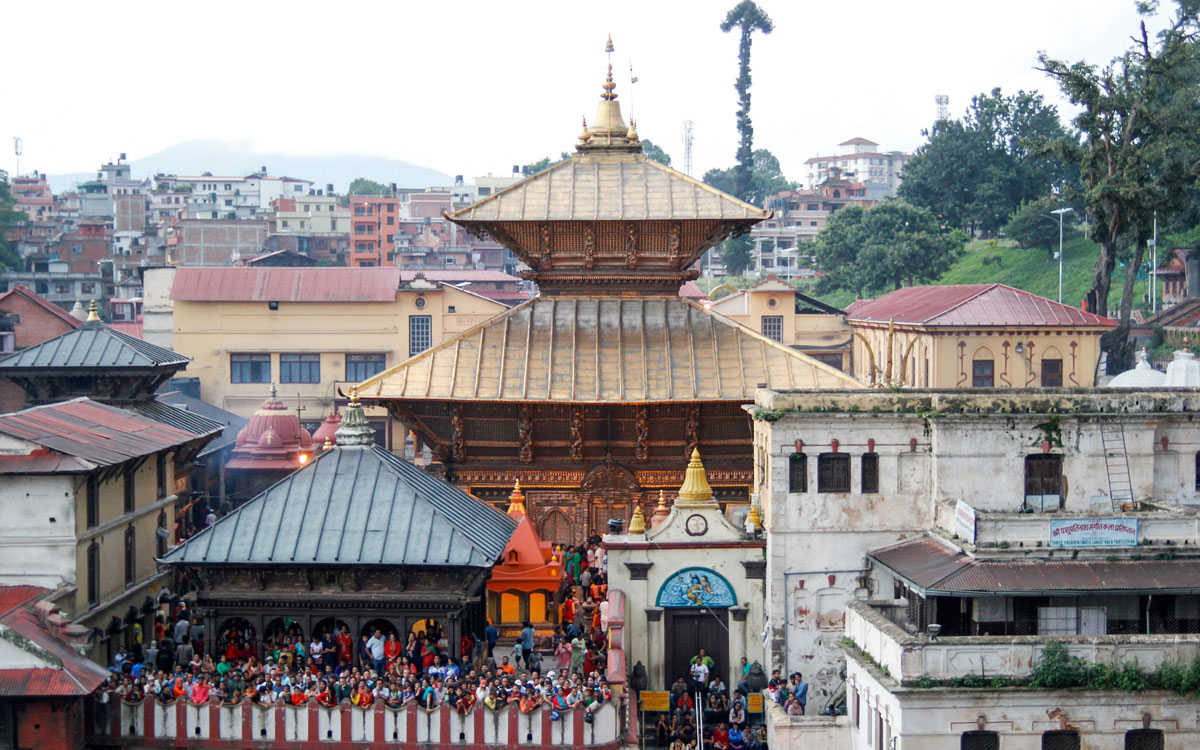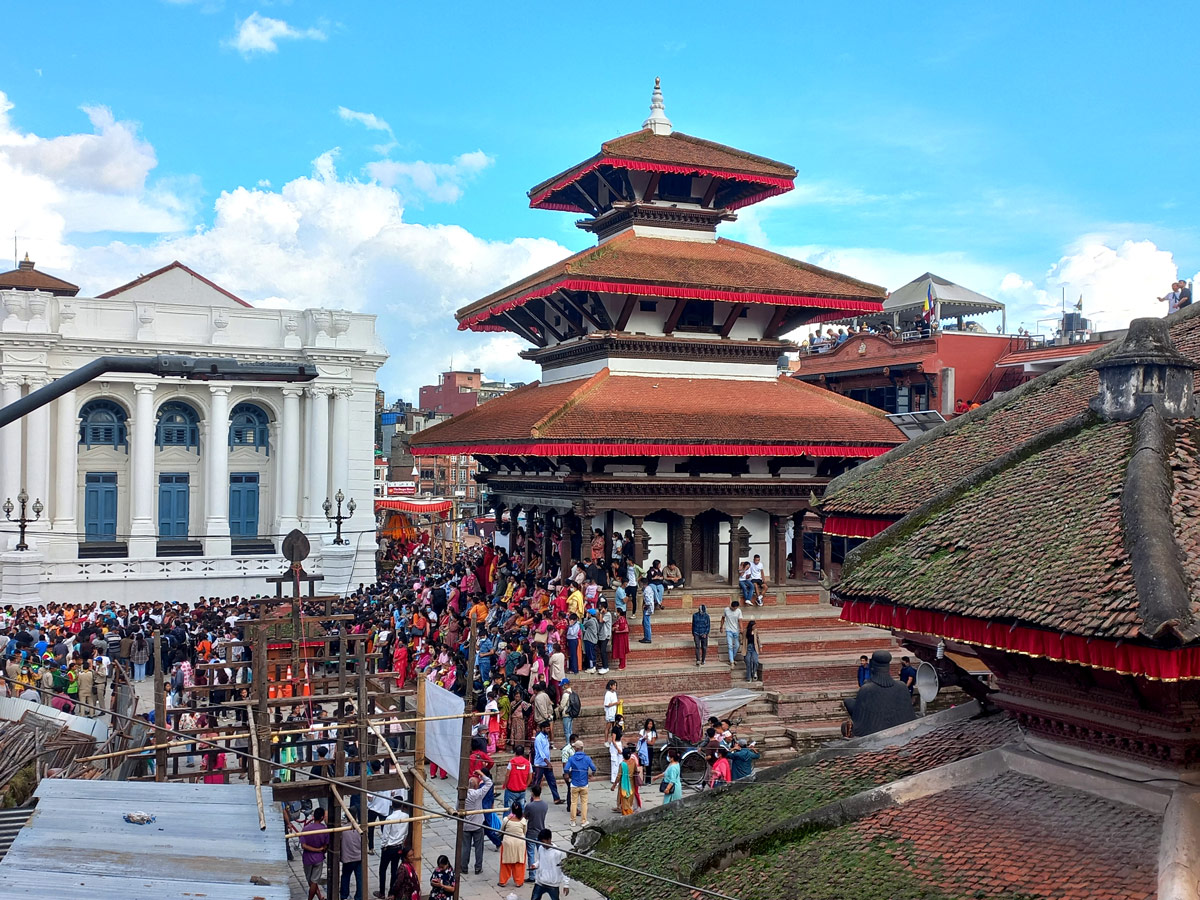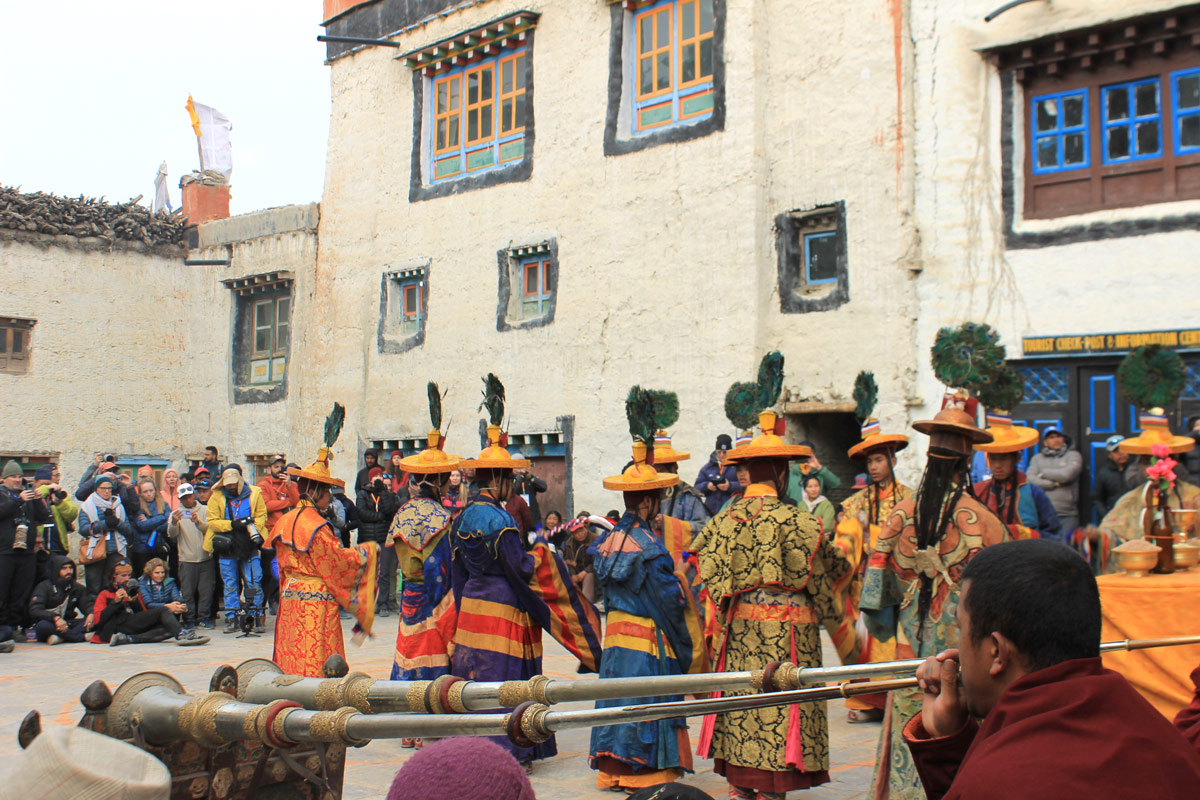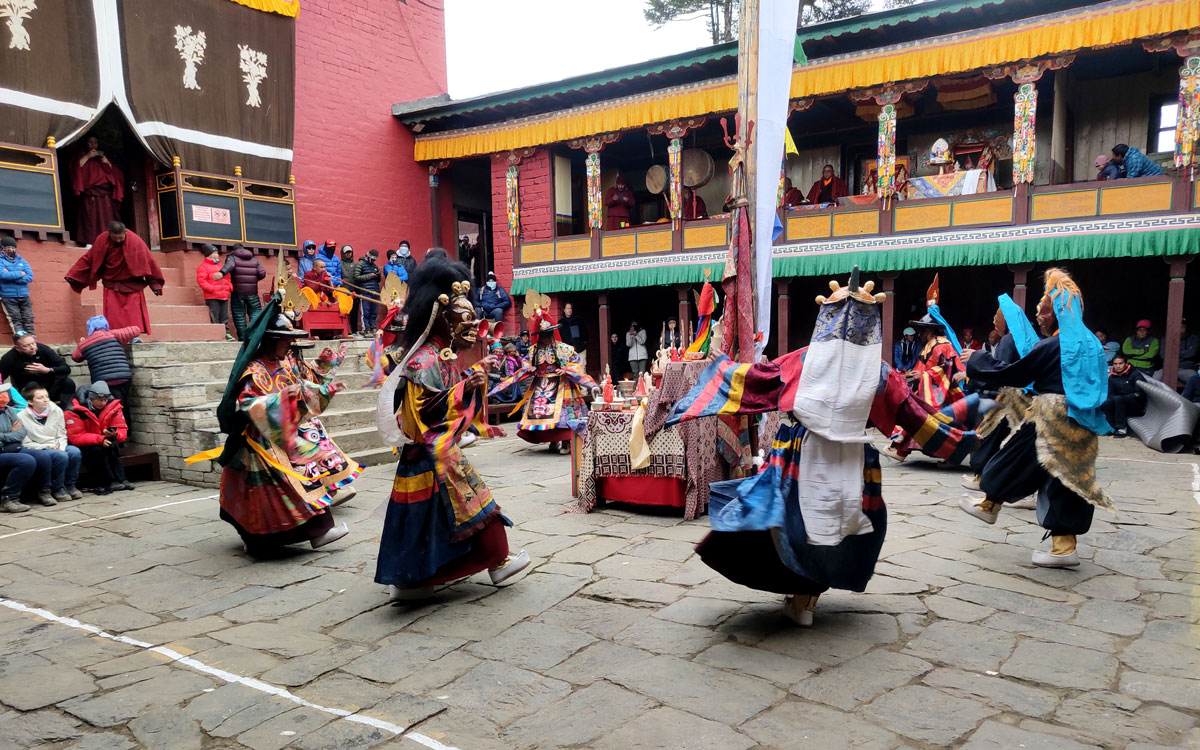Shrawan, also known as the holy month of the Bikram Sambat (Nepali) calendar, holds a significant place in the hearts of devout Hindus.
This auspicious month typically falls in the second half of July and the first half of August, and its first day, known as Shrawan Sankranti, marks the beginning of this divine period.
Among the days of the week, Mondays are particularly revered during Shrawan, as they are dedicated to the worship of Lord Shiva.
Religious Significance of Shrawan
During the month of Shrawan, Hindu women observe fasts, especially on Mondays, and offer prayers to Lord Shiva in temples such as Pashupatinath and Makhan Hanumandhoka in Kathmandu.
These fasts are undertaken with the intention of seeking the well-being and longevity of their husbands. Married women adorn themselves in red attire, such as saris and kurta suruwals, along with bangles in vibrant hues of green, red, and yellow.
Even young girls partake in this tradition, donning these colorful bangles and praying to Lord Shiva to bless them with suitable life partners.
One cannot overlook the striking sight of Hindu women during Shrawan, as their hands are adorned with colorful bangles and intricate Mehndi designs.
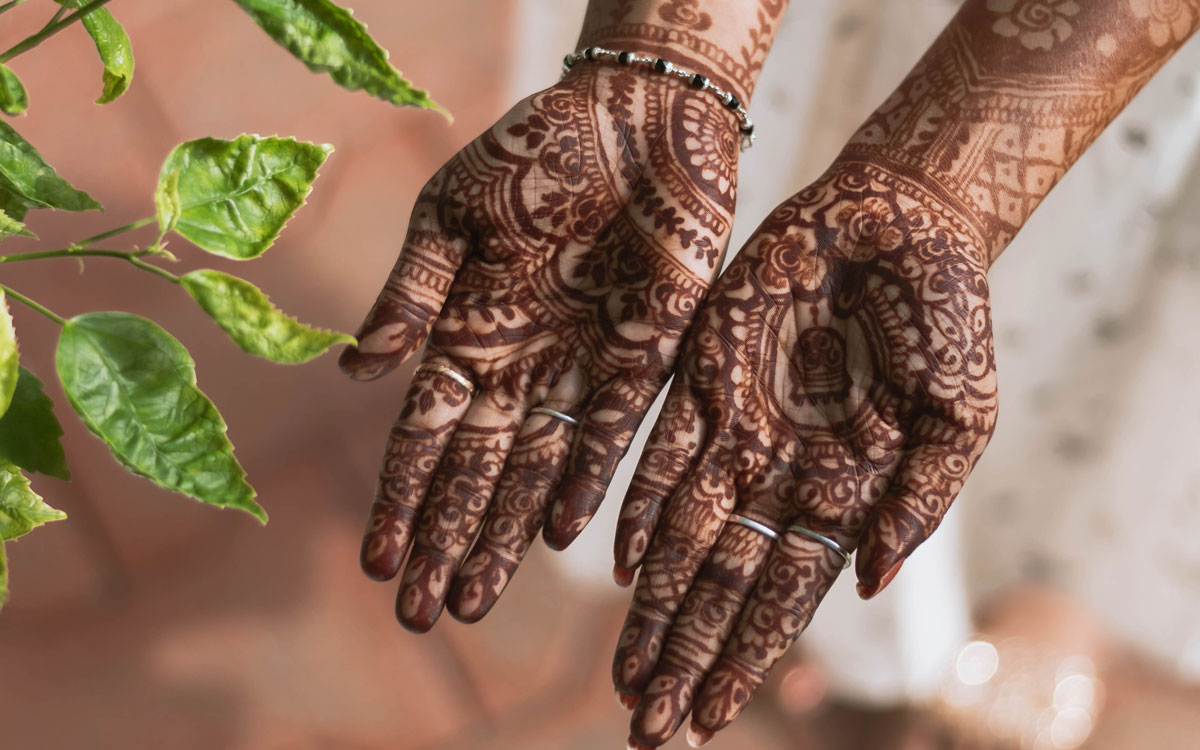
Mehndi, also known as temporary henna tattoos, holds great significance during this month. These vibrant bangles and Mehndi symbolize love and affection, particularly towards loved ones.
The display of such love and devotion characterizes the spirit of Shrawan. As this joyous month unfolds, families, sisters, and friends come together, creating an atmosphere of celebration and preparing for the upcoming grand festivals.
Observances and Traditions in Shrawan
The religious significance of Shrawan is deeply rooted in the worship of Lord Shiva, one of the principal deities in Hinduism.
Lord Shiva is revered as the destroyer of evil and the source of creation. Devotees believe that offering prayers to Lord Shiva during Shrawan brings them blessings, prosperity, and spiritual upliftment.
Pashupatinath Temple, a UNESCO World Heritage site nestled in Kathmandu, Nepal, holds profound reverence as one of the most sacred Shiva temples globally. During the auspicious month of Shrawan, this ancient temple becomes a focal point for thousands of devotees who converge to offer homage to Lord Shiva and seek his divine blessings.
Another prominent religious site associated with Shrawan is the Doleshwor Mahadeva Temple, located in Bhaktapur, Nepal.
This temple is believed to house the head of Lord Shiva, which is said to have fallen here after the decapitation incident from Hindu mythology.
Devotees consider it extremely auspicious to visit Doleshwor Mahadeva Temple during Shrawan and offer their prayers to the sacred head of Lord Shiva.
Festivals Celebrated in Shrawan
Shrawan also witnesses the celebration of various festivals that hold great significance in Hindu culture. One such festival is Naag Panchami, dedicated to the worship of snakes.
Devotees offer prayers to snake deities, seeking protection and blessings. This festival falls on the fifth day of the bright half of the lunar month of Shrawan.
Hindus believe that by venerating snakes, they can ward off evil spirits and ensure the well-being of their families.
The Importance of Fasting in Shrawan
Fasting is a common practice during Shrawan, as it is believed to purify the mind, body, and soul. Devotees observe strict fasts on Mondays, refraining from consuming food and water until evening prayers are offered to Lord Shiva.
Fasting is seen as an act of self-discipline and devotion, allowing individuals to focus their energy and thoughts on spiritual growth and the worship of Lord Shiva. Many devotees also choose to abstain from consuming meat, alcohol, and other worldly pleasures throughout the month of Shrawan.
Shrawan: A Cultural Celebration
In addition to its religious significance, Shrawan also holds cultural importance in Nepali society. This vibrant month brings communities together, fostering a sense of unity and harmony.
Families, friends, and neighbors gather to exchange pleasantries and celebrate the joyous occasions that lie ahead. Shrawan serves as a precursor to the upcoming grand festivals, such as Teej and Raksha Bandhan, which are celebrated with great enthusiasm and devotion.
In conclusion, Shrawan is a sacred month in the Bikram Sambat (Nepali) calendar, brimming with religious and cultural significance.
The worship of Lord Shiva, fasting practices, and the donning of colorful bangles and Mehndi designs are integral aspects of this divine period.
Pashupatinath Temple and Doleshwor Mahadeva Temple are revered religious sites visited by devotees seeking blessings and spiritual enlightenment. Festivals like Naag Panchami add further vibrancy to this auspicious month.
Shrawan acts as a unifying force, bringing people together in celebration and anticipation of the forthcoming festivities. Embrace the spirit of Shrawan, and immerse yourself in its profound beauty and devotion.
